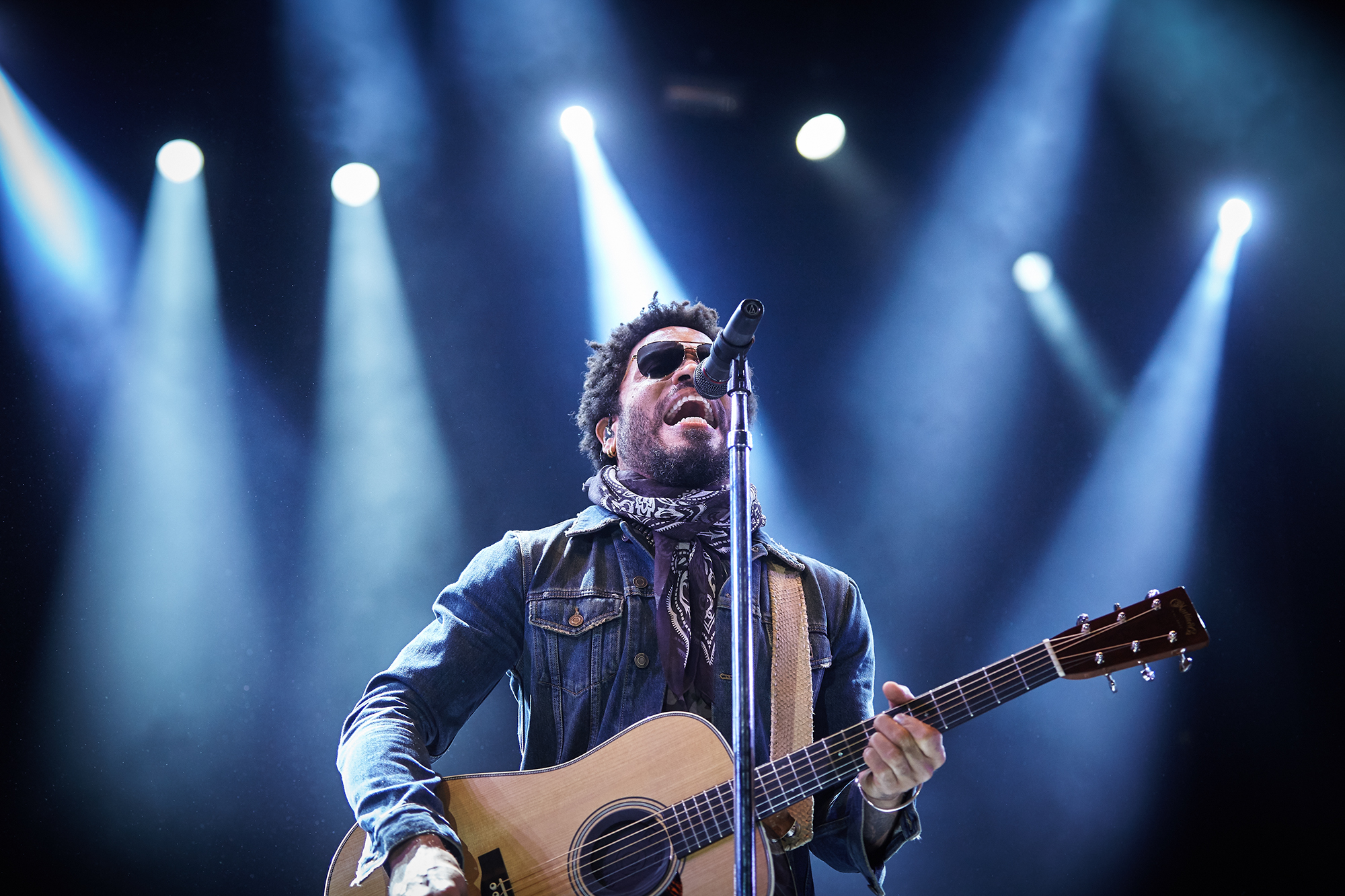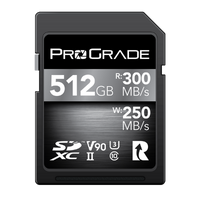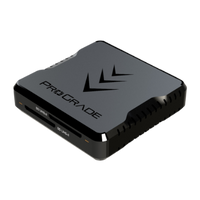Rui Bandeira is a Portuguese photographer with an eye for capturing amazing images. Originally trained as a professional musician at the Porto Music Conservatory, he shifted his focus to photography and has since gained recognition for his work in both commercial and concert settings.
His portfolio is diverse, featuring dynamic concert photography, colorful product shots, and mouth-watering food photography.
We recently had the opportunity to interview Rui about his life as a photographer, his approach to capturing stunning images, and what advice he would give to aspiring photographers. Here are some of the highlights from our conversation:
“If you give your images away, you are giving your images zero value. If you think that your images are worth zero, how do you expect clients to pay for them?” – Rui Bandeira

How did your adventure with photography start?
Since I was a kid, my mother used to take me to photo exhibitions. She was friends with the daughter of a great old-school photographer, so it was normal for me to see his work. I remember thinking, “What makes a photographer shoot a normal thing, that we all see every day but just don’t pay attention to, and they make it look amazing?”
That question always stayed with me, but at that young age, I never thought about becoming a photographer. Music was my first love, so I studied music and became a professional musician. Photography stayed with me just as a way to record family moments.
Some years later, I decided to slow down on music, and — it was never a thoughtful decision, it just happened. I was not playing anymore, but at that time I got my first DSLR and I rediscovered photography. First, I got into product photography. That was my first big interest in photography, and then sometime after that I was asked to shoot a small local concert and that was when I started shooting concerts.
If we look at your portfolio, we find product and food photography, but then we also find concert photography. Do you prefer one type of photography over the other, and why?
I really don’t prefer one over the other. They are very different types of photography and they each have a very different approach. I used to say, in product photography I act, and in concert photography, I react. Because in product photography I have to control everything — the light, the background, the framing, the scene — everything. But in concerts, I only have control over the camera and the framing. I don’t control the lights, I don’t control the musicians, I can only register in camera what I see on the stage. So I get very different emotions over the two types of photography.
Suppose you had to choose just one photograph of yours that means the most to you. What would it be?
This is a very hard question. I don’t think I can choose only one image because all of them have a story and a different meaning to me. But if I had to choose, in concert photography I would select this image of Dave Weckl because I’ve always been a fan of his since my time as a drummer. So this month, I had the opportunity to not only photograph him but also to get to know and spend some time with Dave. It was a dream come true, and I never expected to have this opportunity. It really meant a lot to me.
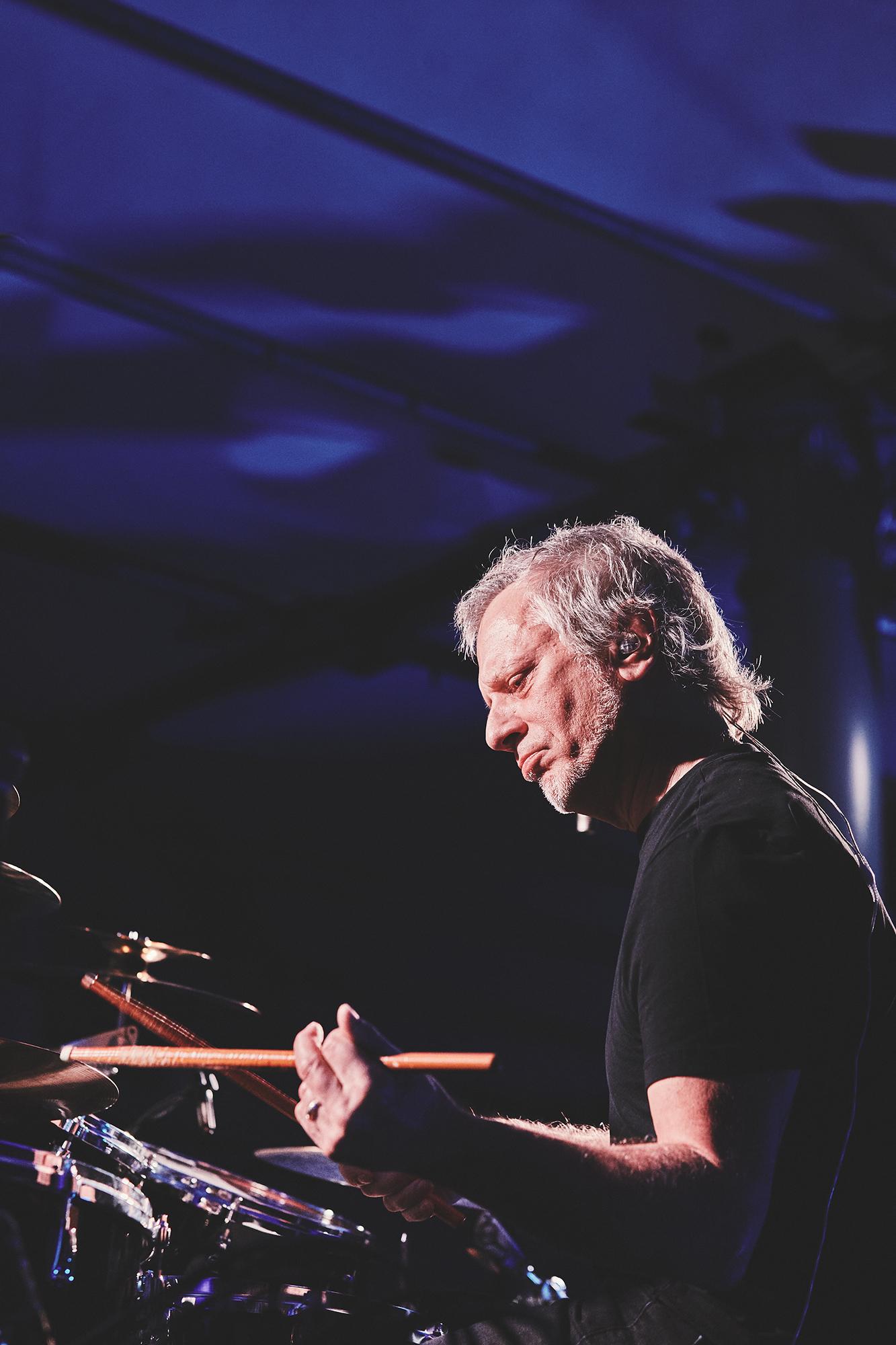
In product photography, I would select the image of the Solan de Cabras water bottle. At the time I shot it, I only had one Profoto flash that they lent me to test, so it was very hard to make this image. I had to move the flash around to capture all the parts of the bottle, it required a lot of critical thinking, and in the end, I was pleased with the result.
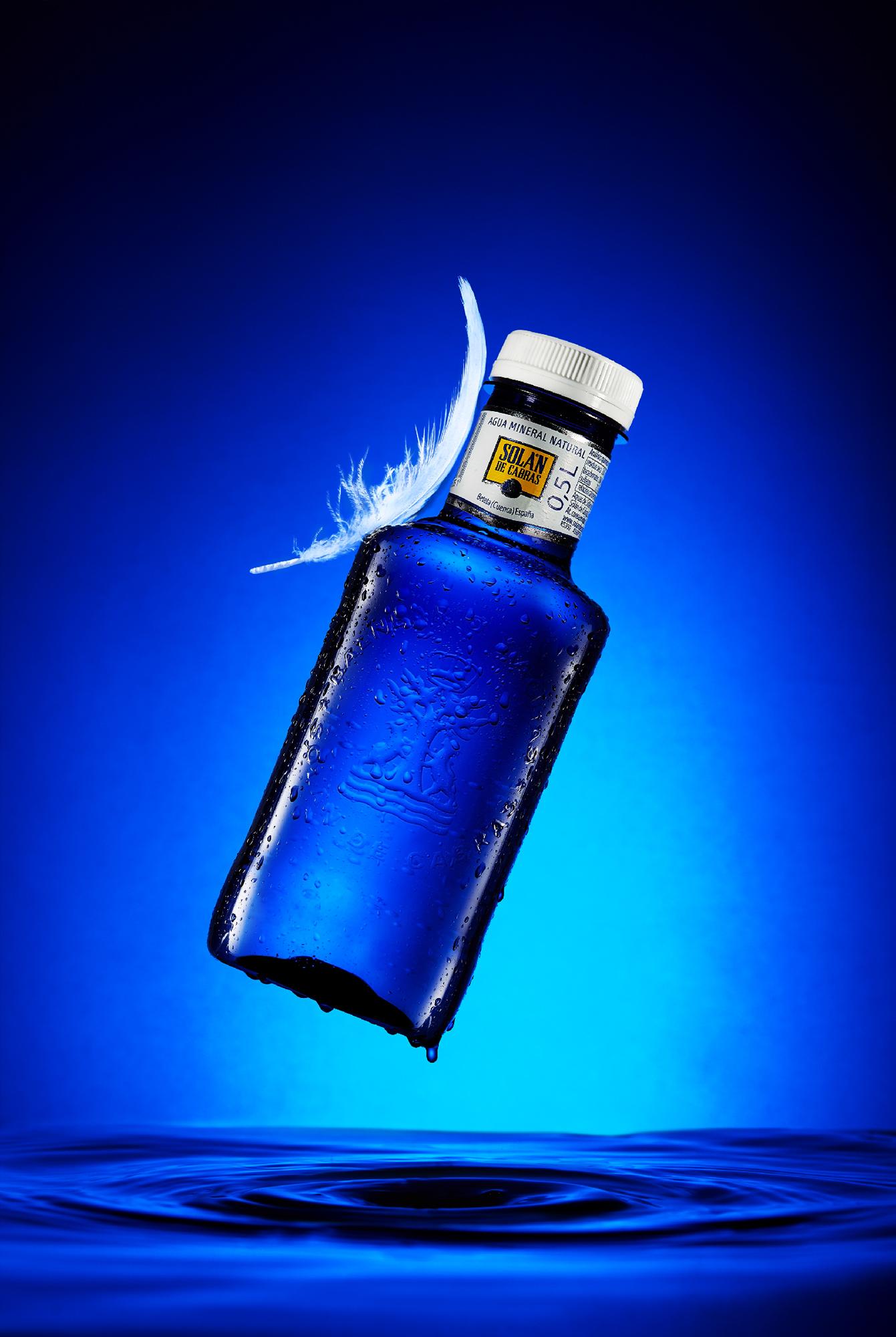
Let’s talk about equipment. Concerts are very dynamic, not so much product photography. Nevertheless, you need reliable equipment for both. What’s in your typical gear kit?
The biggest challenge here is that for product photography I need lots of megapixels but for concerts, I need a fast and tough camera that can endure all the demands that we have in concerts, so I’ve had to find the gear that can do both.
I decided to go with the Canon 5D series. My main body is the 5D Mark IV and the second body (for concerts) is the 5D Mark III. The lenses I use the most are the Canon 100mm f2.8L Macro for product photography, and the Canon 70-200mm f2.8 ISL II & the Canon 17-40mm f4L for concerts.
At this time, I’m converting an old Cambo View Camera to work with my Canon as a digital back and an old Mamiya lens. It will be almost a homemade version of the Cambo Actus, and this will be for my product photography.
I also always have my Dell XPS15 laptop, my Xencelabs Pen Tablet with the Quick Keys, a Portable HD, my dBud ear protection for concerts, and of course my reliable ProGrade Cards and readers.
When I’m doing product photography I usually shoot tethered, but I always save the original RAW also with a ProGrade card in the camera. When I’m shooting concerts, depending on the concert I use my 128GB or 256GB V90 SD Cards. If it’s a big festival that I have lots of bands to shoot, or if I need to make some video, I go to the 512GB V90 SD card.
How important are memory products to you? What do you look for in data storage and memory cards?
Data storage and memory cards are very important, what good is it to create images and not be able to store them safely?
When I start shooting I need to know that I can trust my cards, and I do trust them, I can go out for a week with only one ProGrade 512GB V90 card and I know I can I will have all the images in the card when I get back home.
Knowing that all ProGrade cards are tested before shipment and being able to check them with Refresh Pro is priceless. I never felt this safe before. The less I have to worry about my cards, the more I can focus on my images.
Data storage is very important because it’s where we store all of our work, or it’s where we back up our current work, so we have to be able to rely on our storage. I always keep the original raw file on the card until I’ve edited and sent them to the client. Only then, I store the originals and the edited images on my server, and then I format the card, the ProGrade cards are always my insurance.
So reliability is what I look for in data storage and memory cards, I found it on my ProGrade cards.
What is one piece of advice that you would give to all the young photographers out there?
We all need to create our own path. What works for me might not work for the next person. But I guess one thing that should be common to all is to give your work the value that it deserves. Don’t give your work away to the one that should be paying for it. If you give your images away, you are giving your images zero value. If you think that your images are worth zero, how do you expect clients to pay for them?
It’s your work, it’s your voice, it’s your time, it’s your gear — all of this has value. Your images will serve a purpose, they will help sell a product or a ticket for the next show or festival, so they have value, even if they will only be posted on social media.
If you’re an aspiring photographer, we highly recommend checking out Rui’s work and following his advice. His images are truly stunning, and he has a lot of wisdom to share about photography. We hope our interview with Rui has given you some insight into what it takes to be a successful photographer and that you feel encouraged to give your work the value it deserves.
